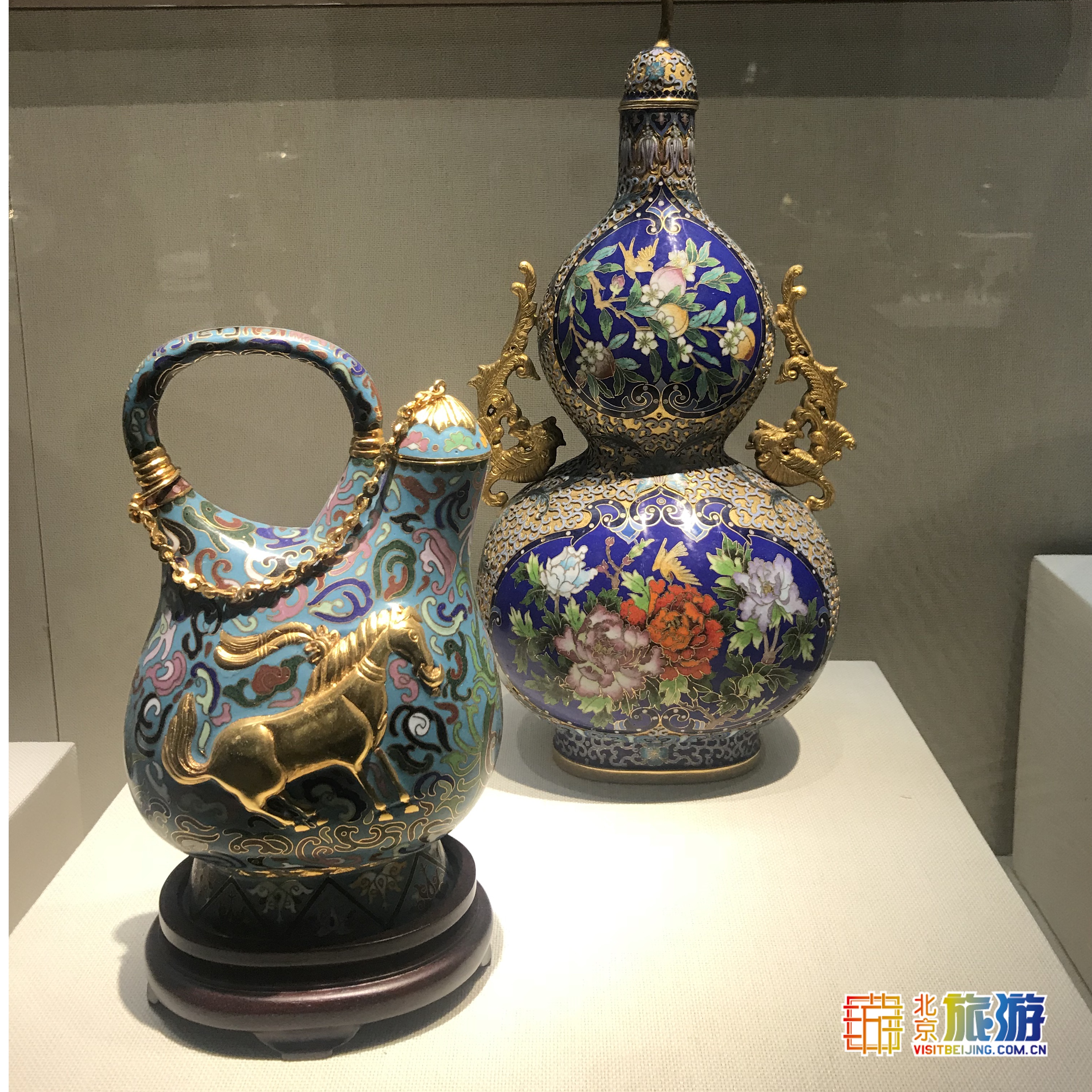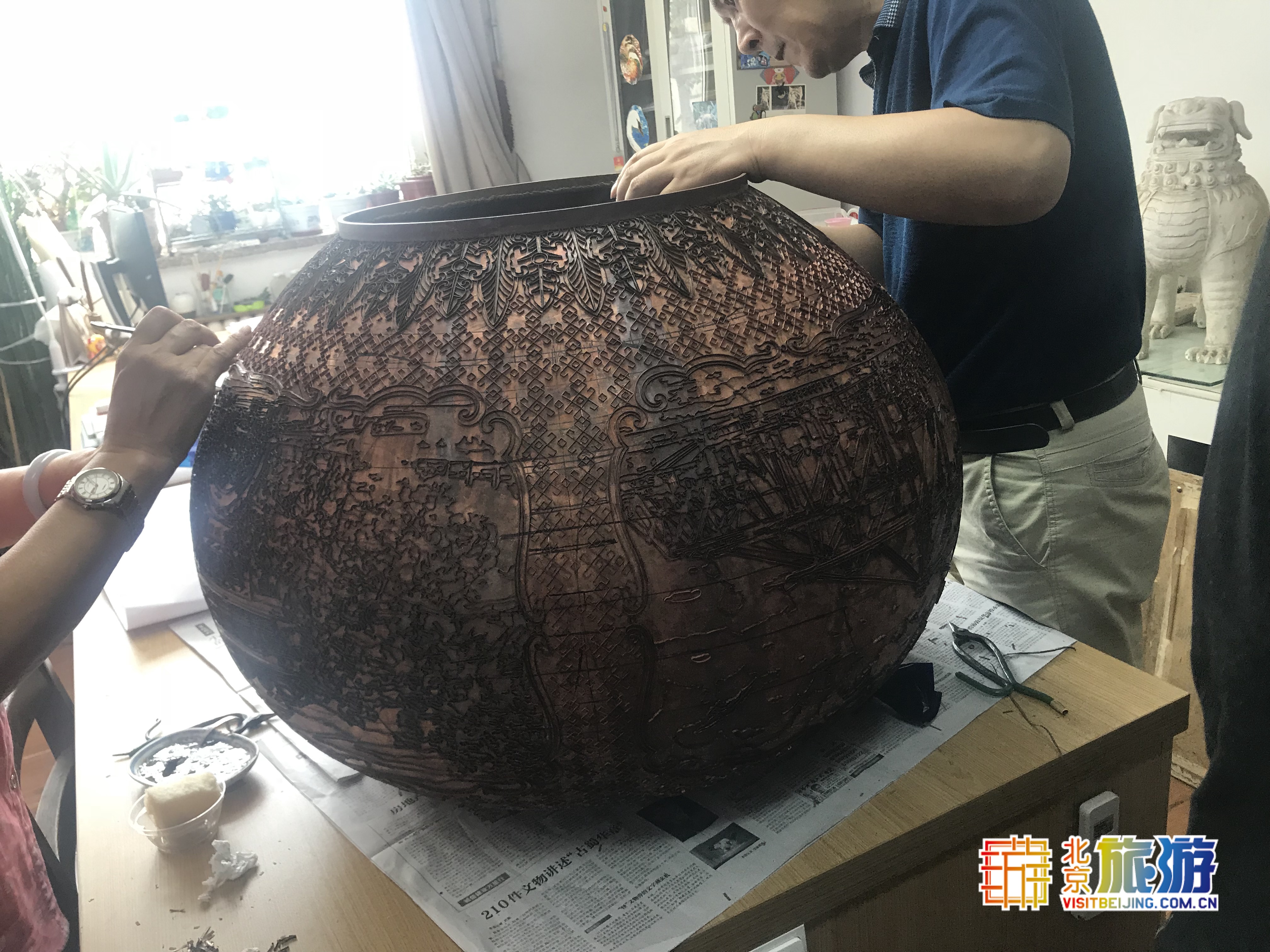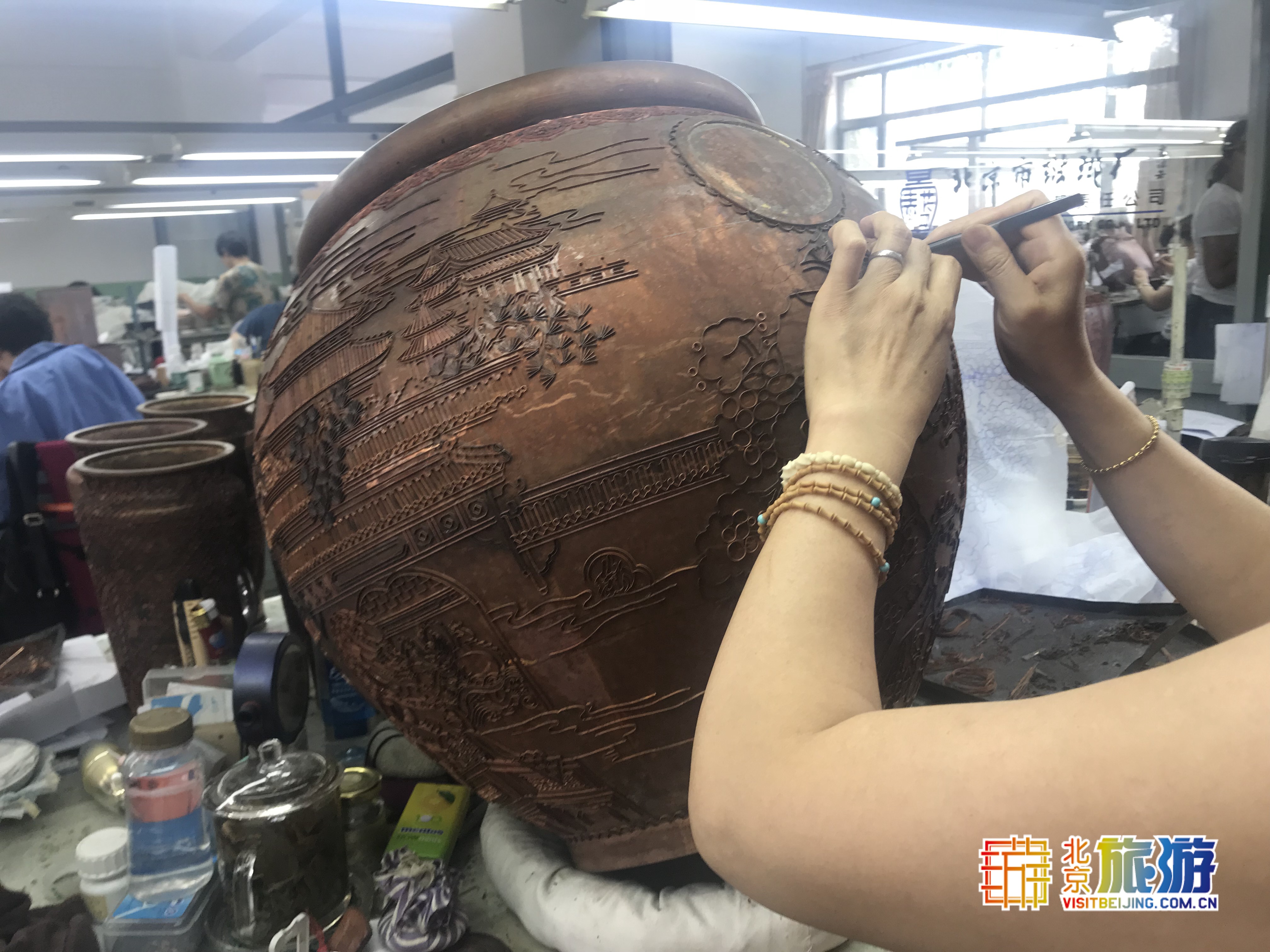Have you ever wondered how those beautifully designed pictures and drawings ended up on a Chinese traditional Cloisonne or Vase?

Some say it is a screen printing while others argue that it’s a sticker and some believed it was made by machines.
However all of these assumptions where wrong as these beautifully designed pieces were made by the hands of local Chinese people over the years.
This Cloisonne enamel got its origin during the Yuan Dynasty and then flourished in the Jingtai period where it is only used in the imperial palace.
Those Cloisonne were the precious treasures of the imperial palace and can't be found in any ordinary man's home.
But has time changed this palace culture has now been turned into a tourism product that can be made and sold to ordinary peace for peace, wealth and good luck.
However the manufacturing technique of cloisonne is kind of synthetic art which combines the expertise of the painting, crafts engraving mosaics, metallurgy and glass melting.
About 100 people are employed at the Beijing Enamel Factory and these people use a dozen process or step to complete a perfect piece of cloisonne.
The designing process of the cloisonne needs to be done by someone who has not only a great understanding of fine art and design but someone with a lot of patience just to get the fine details right.

Is that all? No, after the designing process, the factory workers or craftsman and women will see to it that another step is achieved and that is the base hammering of the blank vases or models.
According to requirements of the particular shape of a roughcast, the process begins from a copper sheet where it shall be cut out according to the design and then cut into shapes of different sizes.
Once those in charge of base hammering are done they pass on the pieces to those in the wire inlay.
The inlaying of copper wires onto the cloisonnes are stated as one of most difficult process in the manufacturing of a cloisonne.

It is the most difficult to master because the procedure must be done with someone who has a most poetic quality.
The copper wires are carefully cut and pasted on the designs with hand using a traditional Chinese medicine paste.
When it’s all done, that is when they paint the cloisonne with enamel and sent it in for melting.
The enamel will be melted and pasted on to the cloisonne and the copper wires will be polished by hand to give its smooth and shiny colorful designs.
The factory in Beijing has been manufacturing more than 10,000 cloisonnes in a year however did not trade overseas except selling at three counters in Beijing including Wanfujing, Beijing Hotel and in the Capital Museum.
Melisha Yafoi contributes to the article. The ideas expressed are the author's alone, and do not represent the position of our website.




